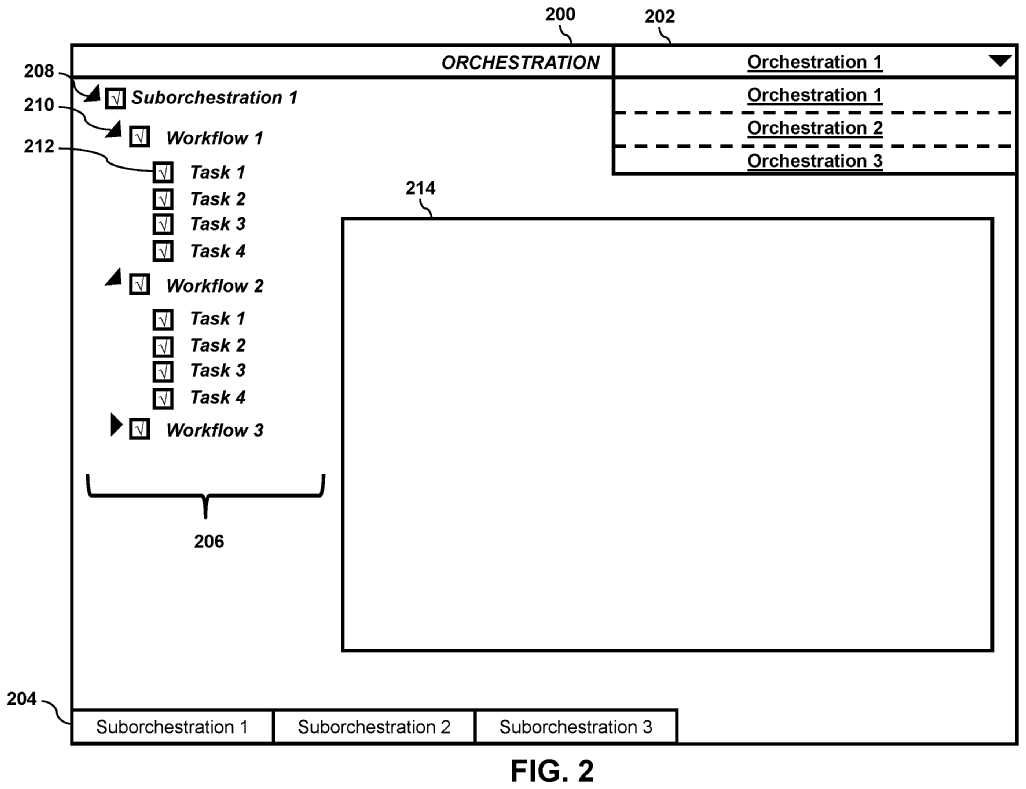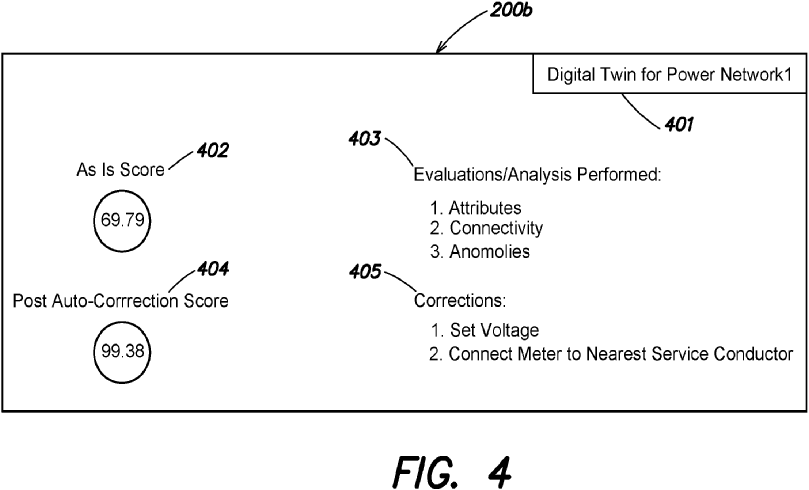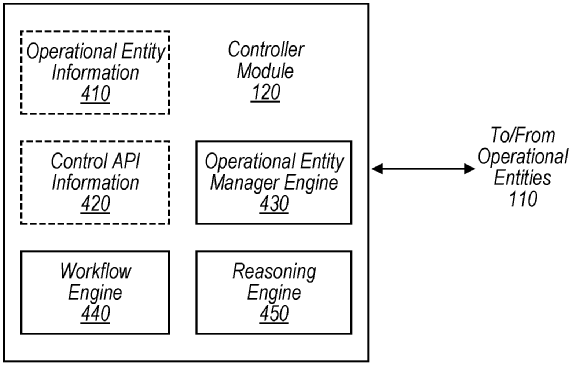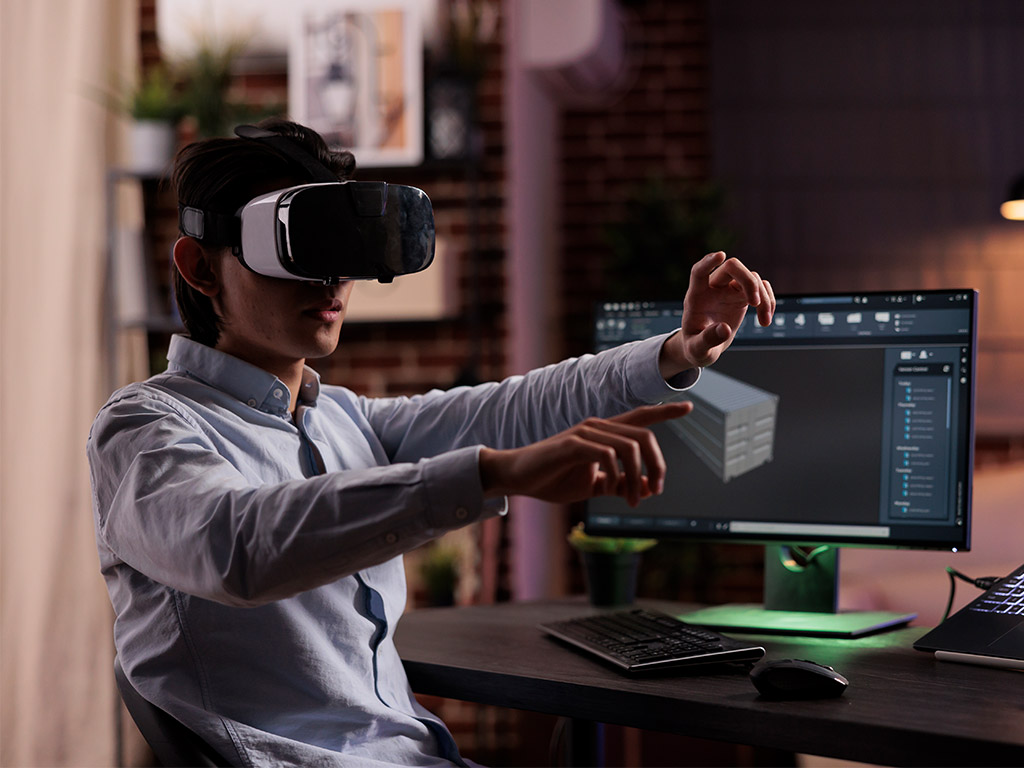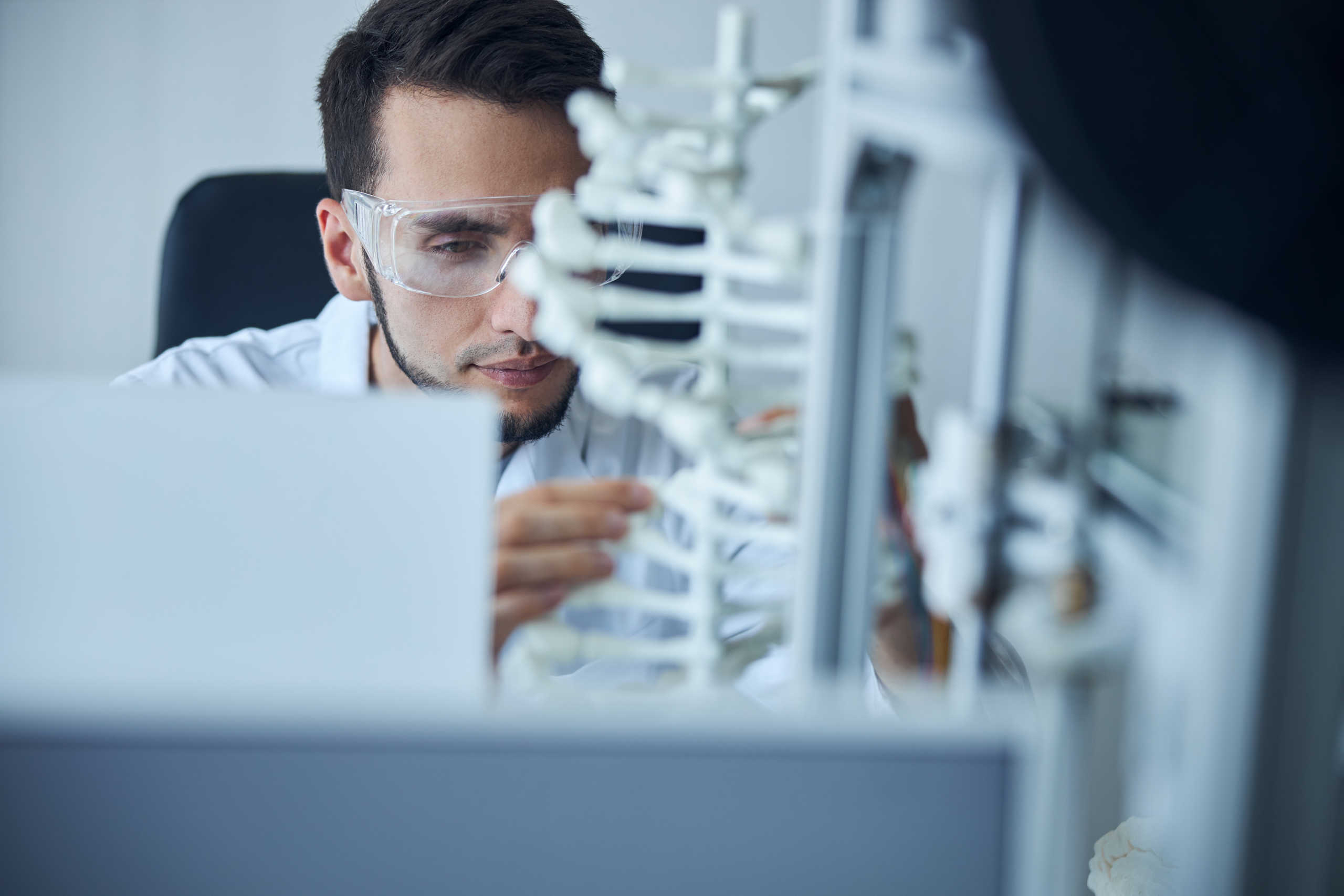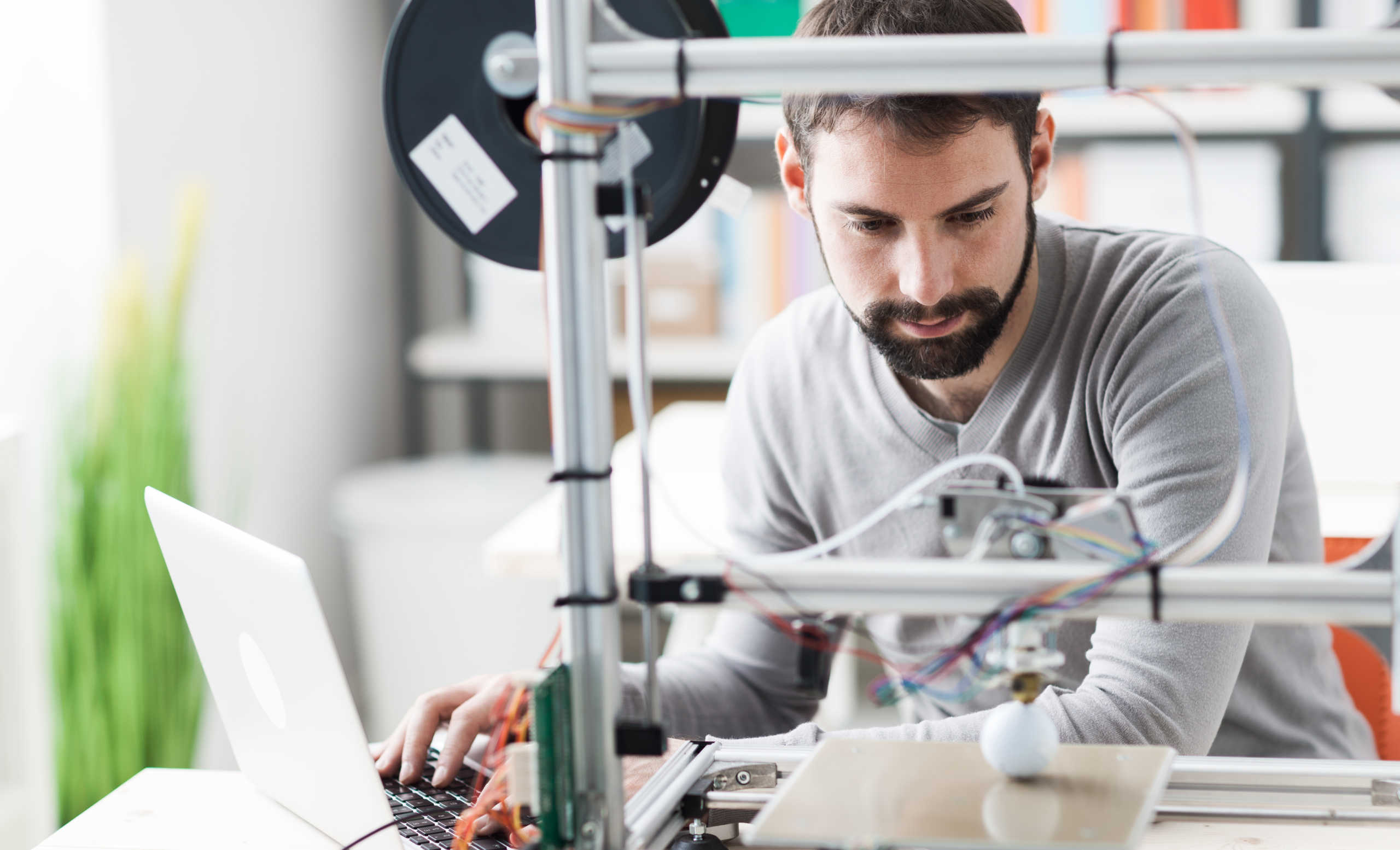Hyperautomation is rapidly emerging as a game-changing technology, enabling companies to automate complex tasks and processes with unprecedented efficiency. It is a broader concept that goes beyond robotic process automation, and includes the use of artificial intelligence (AI), machine learning (ML), and other advanced technologies to automate more complex tasks and processes. Hyperautomation combines multiple automation technologies to create a more comprehensive automation solution that can analyze data, make decisions, and take actions without human intervention.
In our 2023 Technology Trends Report, we analyzed the patenting activity in the space, and identified some of its biggest players. In this article, we take a closer look into recently published hyperautomation patent applications.
Dell
Workflow automation utilizing metadata structure
U.S. Pat. App. 2023/0070063, filed September 9, 2021 by Dell Products L.P. relates to a processing device that uses metadata of a workflow automation to define different tiers of tasks for each level of the system. A graphical user interface (GUI) is generated to display the different tiers of tasks, grouped into their corresponding workflow categories. A user of the system can use the generated GUI to activate or deactivate the tasks as needed. The processing device then executes the commands selected from the GUI to execute the workflow automation for the corresponding tasks.
This method may be used to simplify the workflow automation of complex IT tasks, such as management and operational tasks for configuring and checking the status of assets and resources in an IT environment. Instead of using multiple and variant commands on the assets and resources of the IT environment, this would allow simpler coordination between the diverse array of assets and resources of the IT environment.
Dell has been making several moves in AI and hyperautomation. In November 2021, Swedish-based hyperautomation platform, Swish.ai secured $13 million in a funding round led by Dell Technologies Capital. Earlier that year, Dell sold Boomi to Francisco Partners and TPG in a $4 billion deal. Boomi’s hyperautomation systems were involved in the development of the Moderna vaccine.
Bentley Systems
Techniques for generating one or more scores and/or one or more corrections for a digital twin representing a utility network
Bentley Systems collaborated with Microsoft and L&T Technology Services Limited, to establish a Center of Excellence (CoE) that will address and accelerate the Digital Twin and Digital Thread requirements of new-age manufacturing companies. Bentley iTwin platform,an open, secure and scalable platform-as-a-services, will serve as the foundation for LTTS to develop robust infrastructure digital twin solutions.
Bentley’s U.S. Pat. App. 2023/0069866 was filed on November 14, 2022. The patent application describes a digital twin representing a utility network and a system for evaluating this digital twin. Data from multiple systems within the utility network are used to create a virtual replica (digital twin) of the network. A data quality service (DQS) then evaluates and analyzes the virtual replica to generate a baseline score (representing the original state) and an updated score (representing the current state). If the system detects any deviations between the original and current states, corrective actions are suggested to bring the current state in line with the original state. A graphical representation of the utility network is then generated so that a user can make the necessary corrections to the system.
By creating a digital twin of a utility network, changes in operations of a large network can be evaluated and analyzed to identify potential corrections that can be difficult to see for larger systems. Both structured and unstructured data of a utility network can be converted into a digital twin that simulates the proper operations of a utility network. This technology allows for easy identification and resolution of issues within a large utility network, making it a valuable tool for maintaining the proper functioning of these complex systems.
Salesforce.com
Workflows for automated operations management
As one of the biggest providers of customer relationship management (CRM) software, Salesforce has been making significant investments in hyperautomation. Most notable is its acquisition of Slack in 2021, a messaging and collaboration platform. Additionally, it has also made investments in several startups including Workato and Automation Anywhere. In 2019, Automation Anywhere received $290 million in a funding round led by Salesforce Ventures.
U.S. Pat. App. 2023/0073909 filed November 15, 2022 and granted on March 9, 2023 to Salesforce.com, Inc. The patent application describes innovative techniques for automated operations management, which can be used for a seamless automated software testing. A common disadvantage of conventional software testing is the inability of the system to reset itself back to its original state when a system crashes during testing. This invention makes it possible to revert back to its original state through the use of a blueprint. A computer system is used to create and implement a blueprint that describes how the system should operate given various test scenarios. This blueprint includes all of the entities necessary to operate the system as well as the different states of the system for a given test scenario. The invention also includes controller modules that manage the operation of entities within the system. These controller modules include an API, remote routing engine, workflow engine, reasoning engine, security engine and testing engine.
These techniques allow the system to be seamlessly automatically controlled through the use of a blueprint that enables an automatic reset to an original working state when an error occurs, reducing the need for human intervention. The controller modules constantly monitor the system to ensure that it is operating as intended, without the need for human intervention in many cases. By reducing the need for human intervention, this automated approach can reduce the number of people needed to manage the system.

